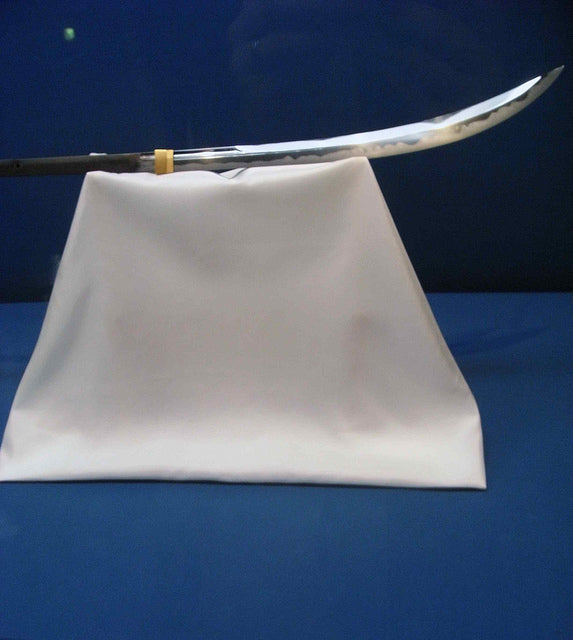Tu carrito está vacío


Japanese swords are known for their unparalleled quality and attention to detail. Since the days of feudal Japan more than 1,000 years ago, the region has produced some of the world's finest quality swords. The traditional Japanese katana, for instance, is regarded by collectors and martial arts practitioners alike as being the best all-around sword in terms of strength, power and versatility. One of the reasons for Japan's success in swordsmithing is its emphasis on metallurgy.
Producing Tamahagane Steel
To forge a katana -- or any other traditional Japanese sword -- swordsmiths would begin by smelting steel. This was a lengthy process that often required several days of work. Throughout this process, smelters would dump more than two-dozen tons of iron-based sand and carbon-containing charcoal into a larger furnace known as a tatara. The temperatures within the tatara would often reach 2,500 degrees Fahrenheit, allowing the various compounds to bind together.
Why Tamahagane Steel
Japanese swordsmiths discovered that adding charcoal to the steel smelting process resulted in stronger blades. Beforehand, Japanese swordsmiths produced swords using low-carbon steel, believing this was the most effective solution. However, adding charcoal improved the strength and performance of their swords, so they continued this process. There was even a name coined for this high-carbon steel: tamahagane steel.
Controlling the Smelting Temperatures
As previously mentioned, Japanese swordsmiths would smelt tamahagane steel at temperatures of up to 2,500 degrees Fahrenheit. However, they were cautious not to allow these temperatures to exceed this limit. If tamahagane reaches a molten state, it becomes soft, thus making it in effect for use in swordsmithing. To create high-quality tamahagane steel, Japanese swordsmiths could smelt the river sand and charcoal just enough so that the carbon dissolves into the iron.
Purifying the Tamahagane Steel
Even after the tamahagane steel has been produced, however, it's not necessarily ready for use in a katana or any other bladed weapon. The swordsmith must purify the steel to remove impurities. This process involves hammering and folding the metal dozens of times. Each cycle of this process removes impurities from the tamahagane that could otherwise weaken the metal.
Creating a traditional Japanese sword was a painstaking and laborious process. It wasn't uncommon for swordsmiths to spend months producing a sword. And even after the sword was forged, the swordsmith would pass it down to someone else for polishing, which required an additional three or four weeks.